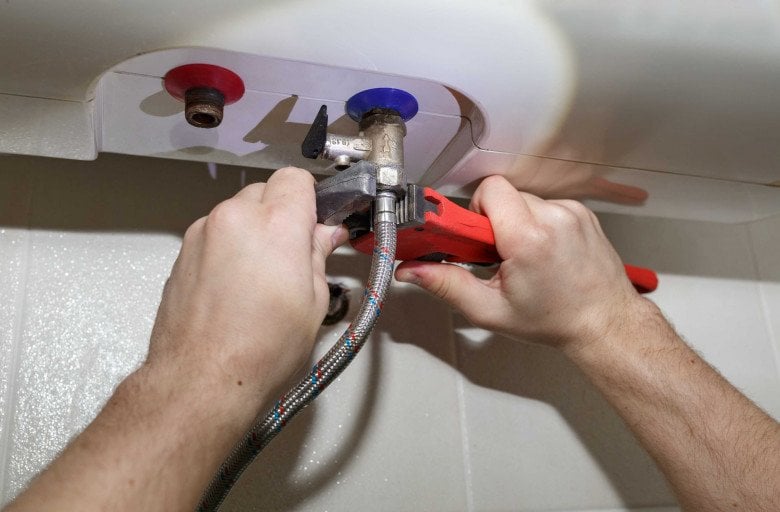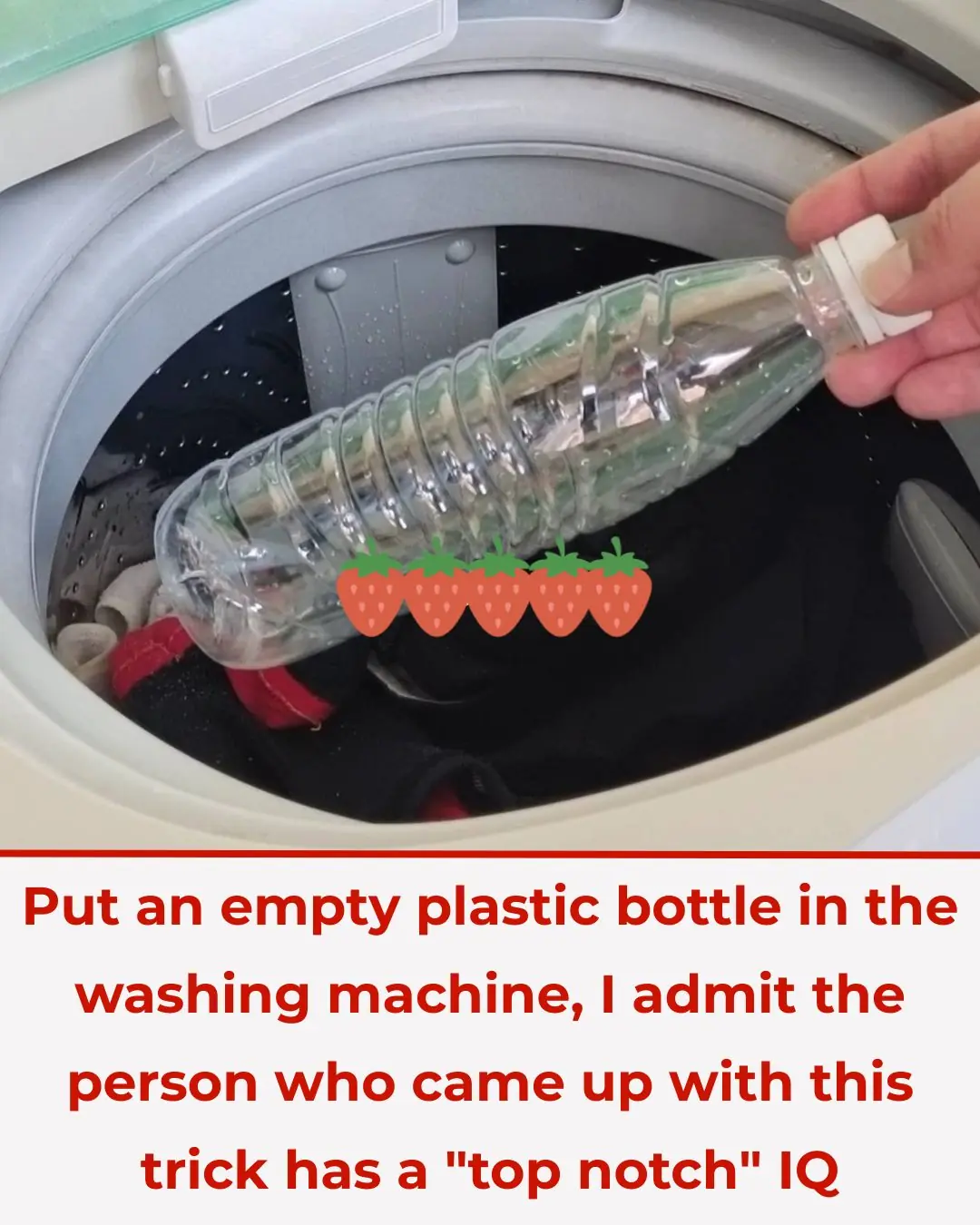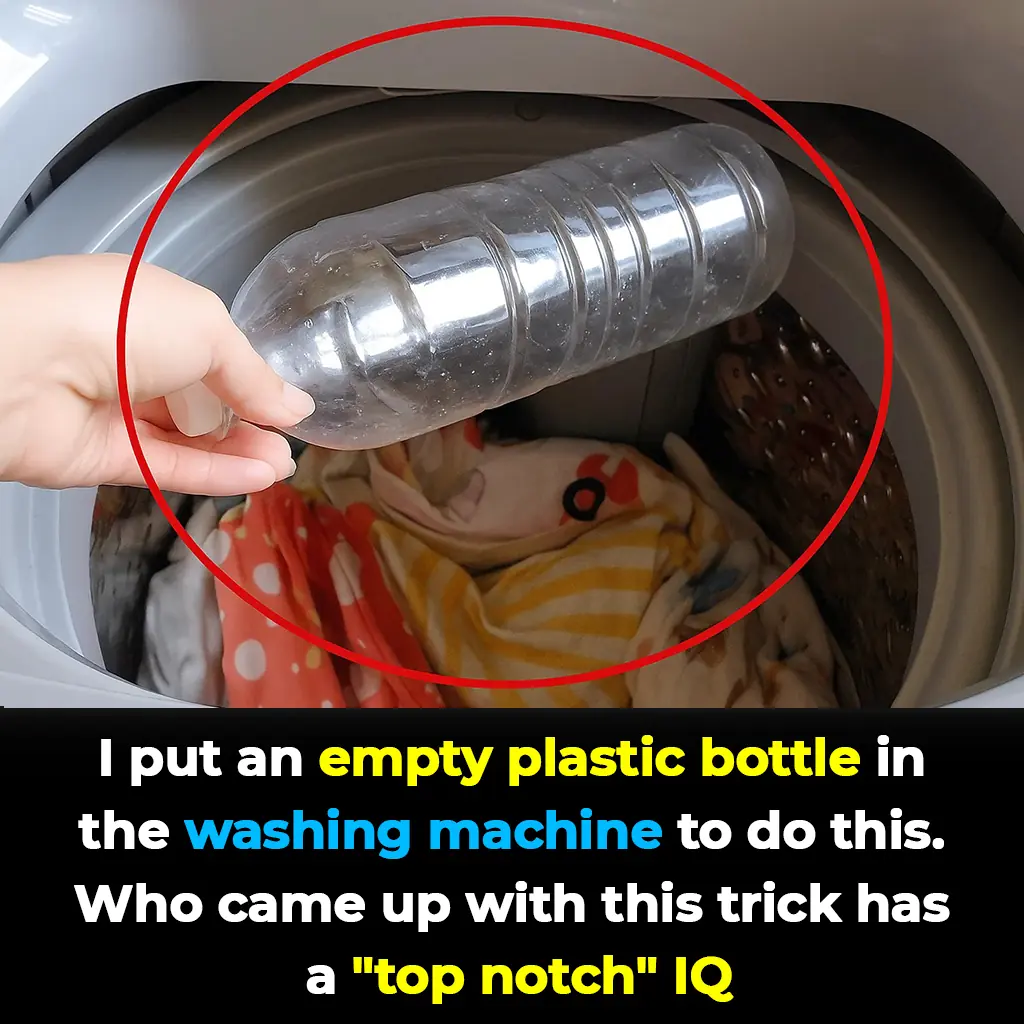
There is a "hidden switch" on the water heater that you can turn on and use for more than 10 years and it will still be durable.

Knowing How to Use This Function Will Greatly Extend the Lifespan of Your Water Heater
It is clear that the demand for water heaters has become almost indispensable in every Vietnamese household. Before taking a shower, you simply need to plug in the device for a short while, and you’ll have hot water ready—very convenient for daily use.
However, when using a water heater, it is important to know certain features that help clean the device. This prevents dirt from building up inside and reduces wear on the heater.
In fact, cleaning a water heater is not too difficult or complicated. On the body of the heater, there is a “hidden switch” that you can open to let dirty water flow out. This “hidden switch” is actually the drain valve of the heater. By turning it, you can flush the tank and remove any sediment that has accumulated inside.
Step 1
The first thing you need to do before cleaning the water heater is to drain all the hot water to avoid burns during the process. Then, disconnect the power supply and shut off the water inlet.
Next, carefully remove the inlet pipe, outlet pipe, and the safety valve. Once the water has completely drained out, continue by unscrewing the drain valve, which is located next to the inlet and outlet pipes. Be gentle, as the drain valve is usually attached to the magnesium rod (sacrificial anode). This rod’s function is to protect the areas inside the heater that are not coated with enamel, preventing rust from forming and protecting the tank’s core from damage.
Attach the inlet pipe to the outlet port, then open the water supply to let cold water flow inside the heater for flushing. The dirty water will flow out through the drain valve.
Step 2
After flushing for about 1–2 minutes, once the sediment has been cleared, disconnect the inlet pipe from the outlet and reassemble all the pipes as they were before.
As for the magnesium rod, you should clean it before reinstalling. If the rod is corroded more than 60%, it must be replaced immediately. If not replaced, the magnesium will react with other metals inside the heater, causing leaks, corrosion of the tank, and potential harm to users.
With just these simple steps, all the sediment inside your water heater will be removed. According to experts, to prevent excessive buildup, it is best to clean your heater using this method every six months.
News in the same category


When buying luffa, should you choose dark green or light green ones? Even after years of going to the market, many people still don’t know this

Insert this into a lemon and place it in the corner of your house — mosquitoes will be gone for good

Soak fish in this water, the fish meat will be firm, sweet, well-rounded, and will no longer have a fishy smell

Misunderstandings turn water purifiers into disease hotbeds, get rid of them immediately or your whole family will be harmed

10 foods to help fight fatty liver: Nutritionists recommend eating them every day!

Mix banana peels with this and leave it in the corner of the house. After just 1 night, all the cockroaches will run away

This is why you should never leave a water bottle in your car.

Supermarket staff reveal: 6 things never buy in supermarkets even on big sale

7 types of food that won't spoil for a long time: It's still safe to eat after the expiration date, don't waste it

What is Black Vinegar? Nutritional Value and Benefits of Black Vinegar

9 Foods You Should Eat Regularly to Prevent Memory Loss and Keep Your Brain Sharp as You Age

Is Your Kitchen Sink Often Clogged? Pour This In for Smooth Flow Without Calling a Plumber

Tips for self-defense when encountering ferocious or loose dogs.

Go to the market and see that pork has these 4 characteristics

Cactus and little-known medicinal remedies

Put an empty plastic bottle in the washing machine, I admit the person who came up with this trick has a "top notch" IQ

Genius Laundry Hack: Why Putting an Empty Plastic Bottle in Your Washing Machine Can Save Time and Hassle
It may sound strange, but dropping a simple empty plastic bottle into your washing machine could completely change the way you do laundry. This clever trick not only prevents clothes from tangling but also improves the overall cleaning process, making you
News Post

7 Surprising Benefits of Euphorbia Hirta

Purslane: The Superfood That Tastes Better Than Meat – 7 Reasons to Grow It in Your Garden

Breakthrough study shows lithium can ‘reverse’ Alzheimer’s damage even in advanced stages

13 Early Warning Signs of Lupus You Need to Know (And What To Do The Moment You See Them)

The #1 habit that’s destroying muscle in older a:dults—are you doing this?

2 quick and easy ways to wash yellowed pillow inserts, making them instantly white and fresh like new

When buying luffa, should you choose dark green or light green ones? Even after years of going to the market, many people still don’t know this

Insert this into a lemon and place it in the corner of your house — mosquitoes will be gone for good

Jar of sour star fruit soaked in rock sugar

Soak fish in this water, the fish meat will be firm, sweet, well-rounded, and will no longer have a fishy smell

Misunderstandings turn water purifiers into disease hotbeds, get rid of them immediately or your whole family will be harmed

10 foods to help fight fatty liver: Nutritionists recommend eating them every day!

Mix banana peels with this and leave it in the corner of the house. After just 1 night, all the cockroaches will run away

12 Moringa Seed Benefits You’ll Never Hear from Your Doctor (But You Should Know)

This is why you should never leave a water bottle in your car.

Supermarket staff reveal: 6 things never buy in supermarkets even on big sale

Ditch the Pills: Unlock Chayote’s Secret to Pain-Free, Vibrant Health! 🥗

7 types of food that won't spoil for a long time: It's still safe to eat after the expiration date, don't waste it
